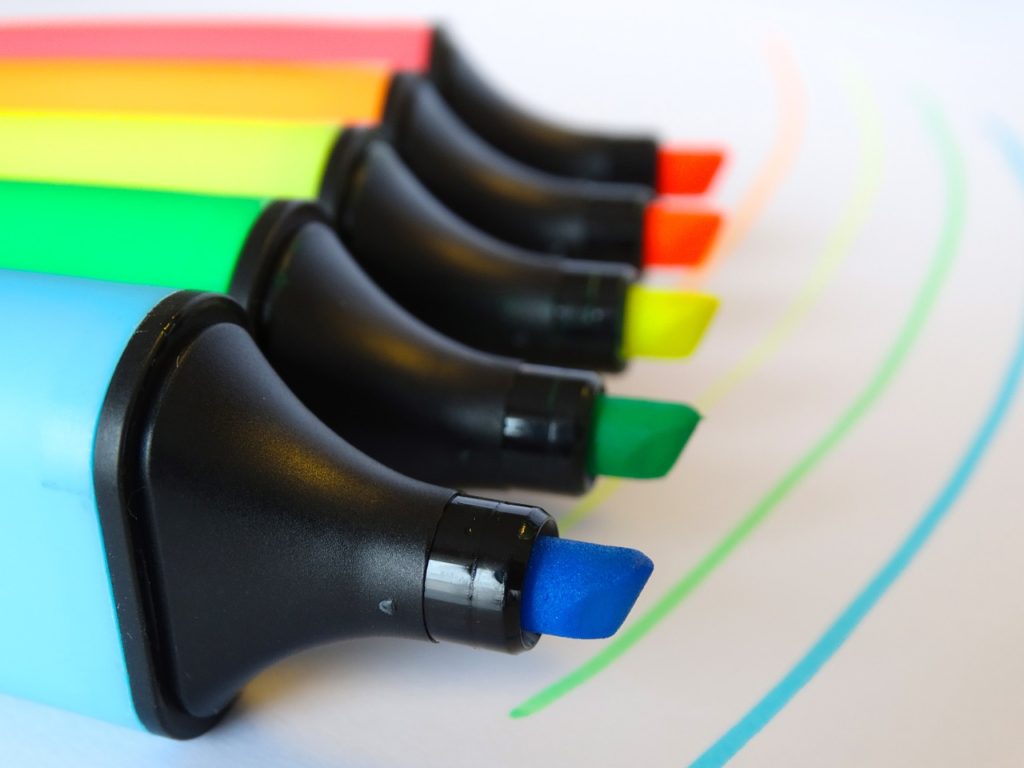Have you ever had a really distractable student who keeps missing features of the score? I know I have. Luckily, color does not need to be limited to color coding. Read more to learn how to color the music score to bring staccato, legato, pedal, dynamics, and accents to the foreground by using a highlighter and red pen.


